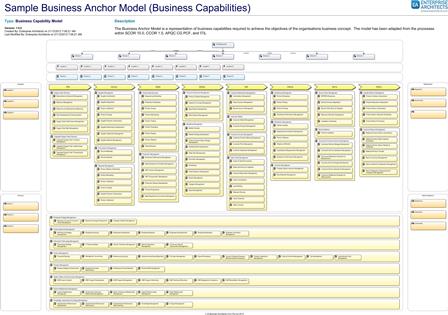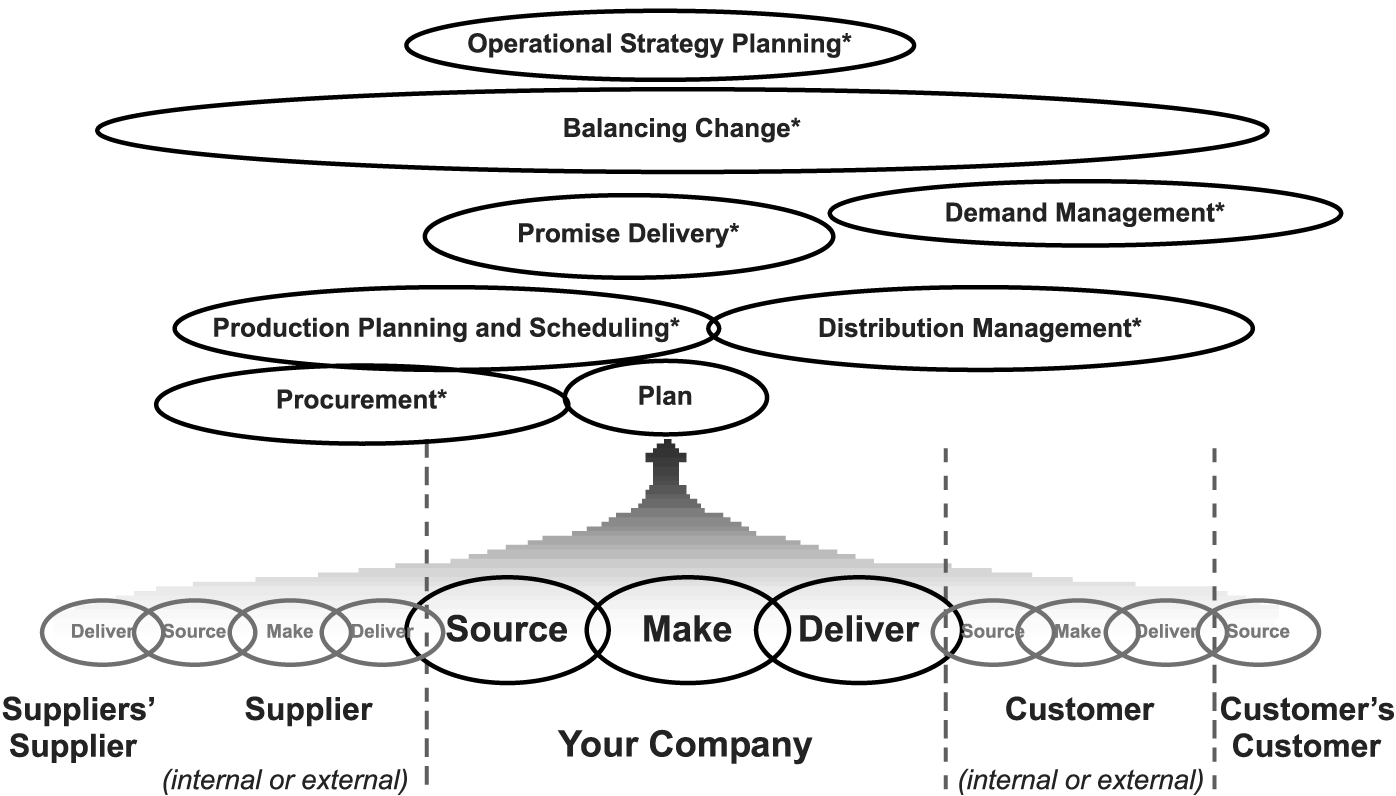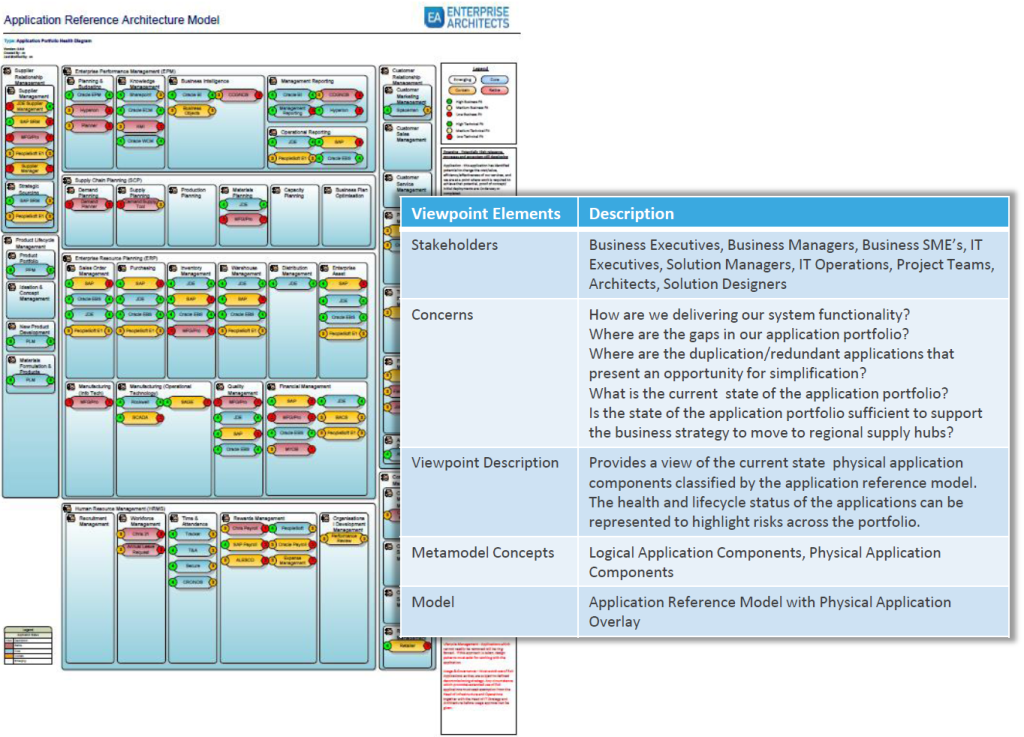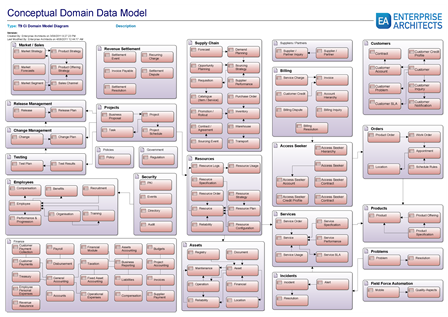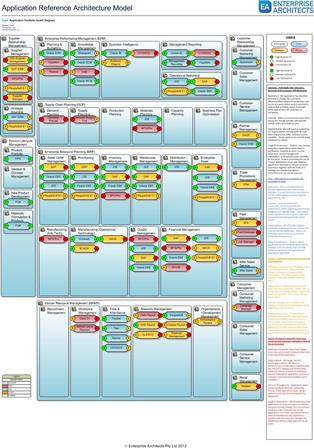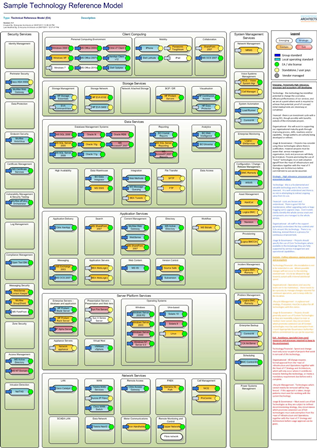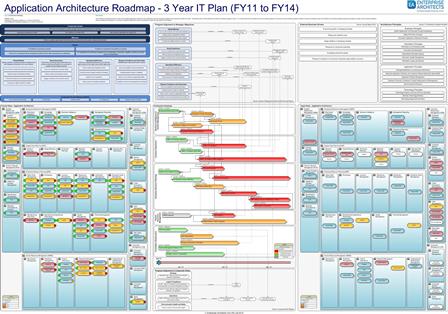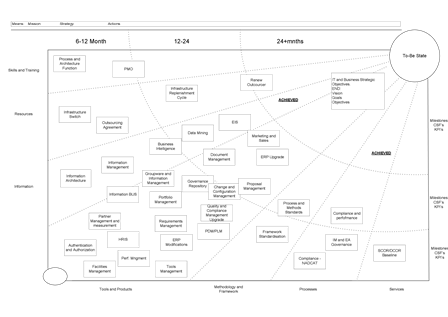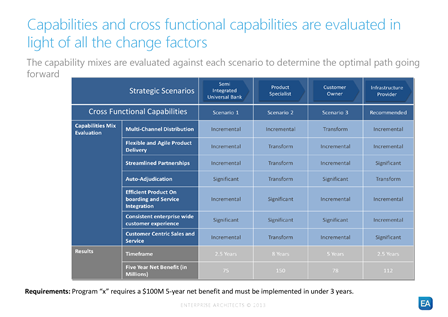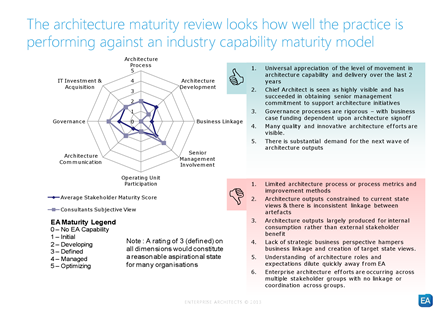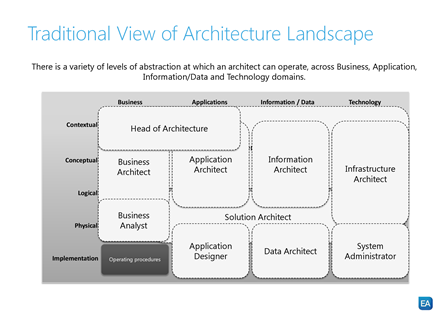This resource page showcases some of the tools and deliverables produced as part of a standard enterprise architecture engagement. It provides material to enable a greater level of understanding and visually support some of the artefacts mentioned in the MOOC.
Additional learning and reference materials to accompany the Introduction to Enterprise Architecture MOOC.
Module 1
Looking to understand how the development of a Business Capability Model can support your organisation’s strategic objectives? Find out more
In module one we introduced you to reference models and made reference to the Supply Chain Operating Reference (SCOR®) model as an example industry reference model. SCOR® provides a framework that links business process, metrics, best practices and technology features. The model can inform business modelling activities and can be used to improve the effectiveness of supply chain management and related supply chain improvement activities.
Looking to understand how the industry reference models can be used to accelerate your business modelling activities? Find out more
………………………………………………………………………………………………..
Module 2
- Business Motivation Model
- Viewpoint Description
- Conceptual Data Model
- Application Reference Model
- Technology Reference Model
In module two we introduced you to a Business Motivation Model. The model provides a structure to assist in communicating the business plans of an organisation. The example demonstrates how the model can be used to describe the mission and vision of an organisation, the strategies required to achieving them, and the specific goals and objectives that relate to those strategies.
Looking to understand how the development of a Business Motivation Model can support your organisation’s strategic objectives? Find out more
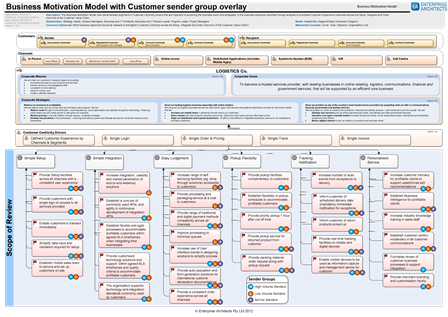
In module two we introduced you to a viewpoint description. A viewpoint description provides a schema for capturing a description of the viewpoint, the target stakeholders, the concerns addressed, the metamodel concepts contained in the model, and the name of the model itself.
To find out more about viewpoint description. Find out more
In module two we introduced you to a Conceptual Data Model. The example model depicts the key data entities that may be relevant to an organisation and the relationships between them. The model also demonstrates how key data entities can be grouped into subject areas.
Looking to understand how an articulation of your data architecture can provide value to your organisation? Find out more
Looking to understand how the development of an Application Reference Architecture can support your organisation’s strategic objectives? Find out more
Looking to understand how the development of a Technology Reference Architecture can support your organisation’s strategic objectives? Find out more
………………………………………………………………………………………………..
Module 3
Looking to understand how the development of an Architecture Roadmap can support your organisation’s strategic objectives? Find out more
Looking to understand how the development of an Architecture Roadmap can support your organisation’s strategic objectives? Find out more
In module three we introduced you to a Change Impact Diagram. The diagram provides a view of strategic business scenarios and the capabilities required to deliver the specific goals and objectives of those scenarios. The diagram can also be used to demonstrate the impacts of the business scenarios to specific business capabilities. This impact assessment can be used to inform subsequent change initiatives in support of the desired business scenario(s).
Looking to understand the change impacts across your organisation due to various strategic business scenarios? Find out more
………………………………………………………………………………………………..
Module 4
In module four we introduced you to an Architecture Maturity Assessment. The example demonstrates how an architecture assessment can be used to review how well and architecture practice is performing and where the opportunities for improvement reside. The embedded radar graph provides a view of the current maturity of an architecture practice which can also be compared to the desired target state.
Looking to understand how an architecture assessment may be conducted in your organisation? Find out more
In module four we introduced you to an Architecture Skills Matrix. The example diagram provides a view of various roles across the architecture landscape and the relationships between them.
Looking for more information relating to the various roles across the architecture landscape? Request this model
Find out about industry recognised certification.
The TOGAF® framework is an industry benchmark for architects and organisations alike. We recommend TOGAF® accreditation as a great start for your architecture career.
View Courses

